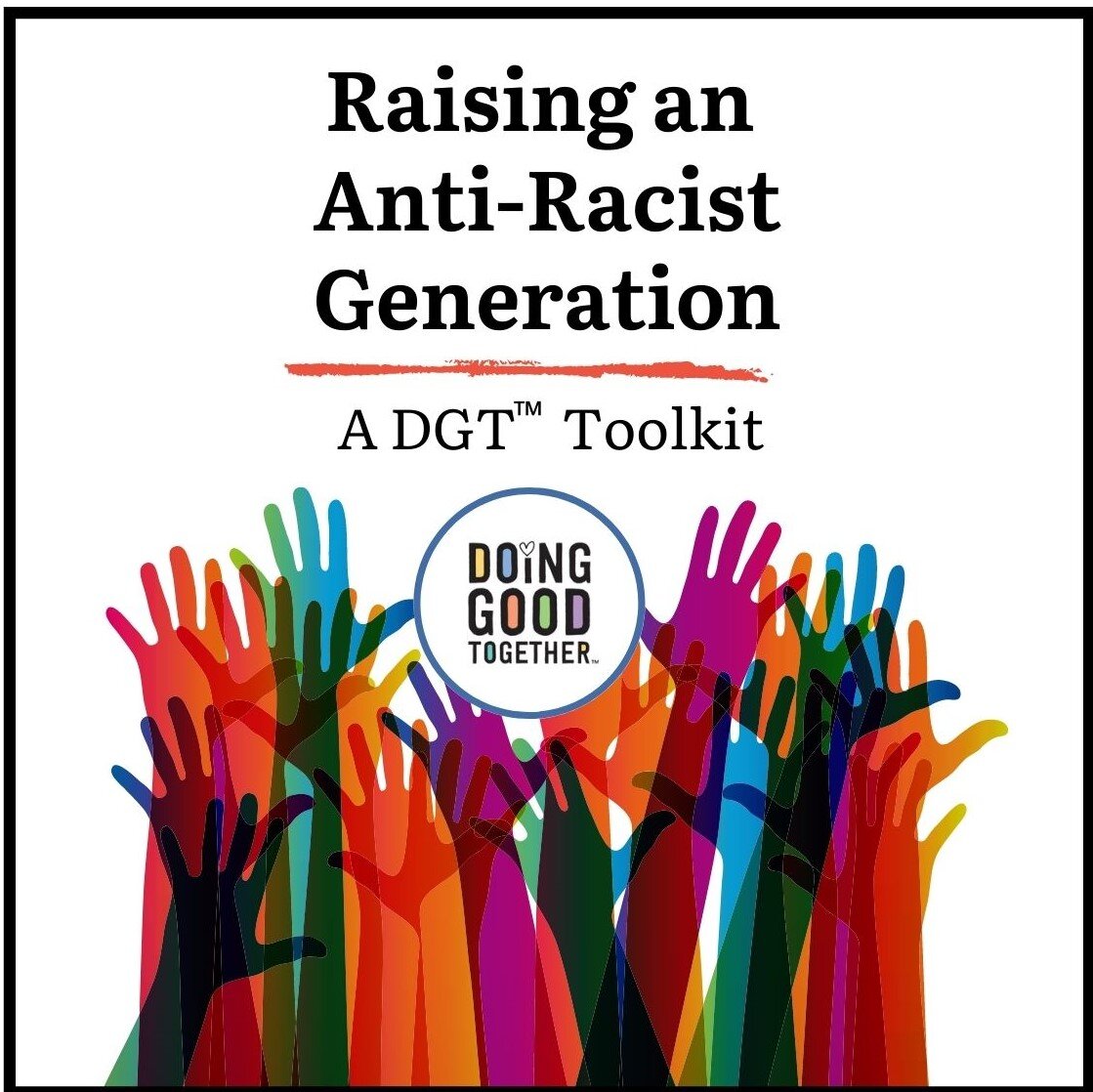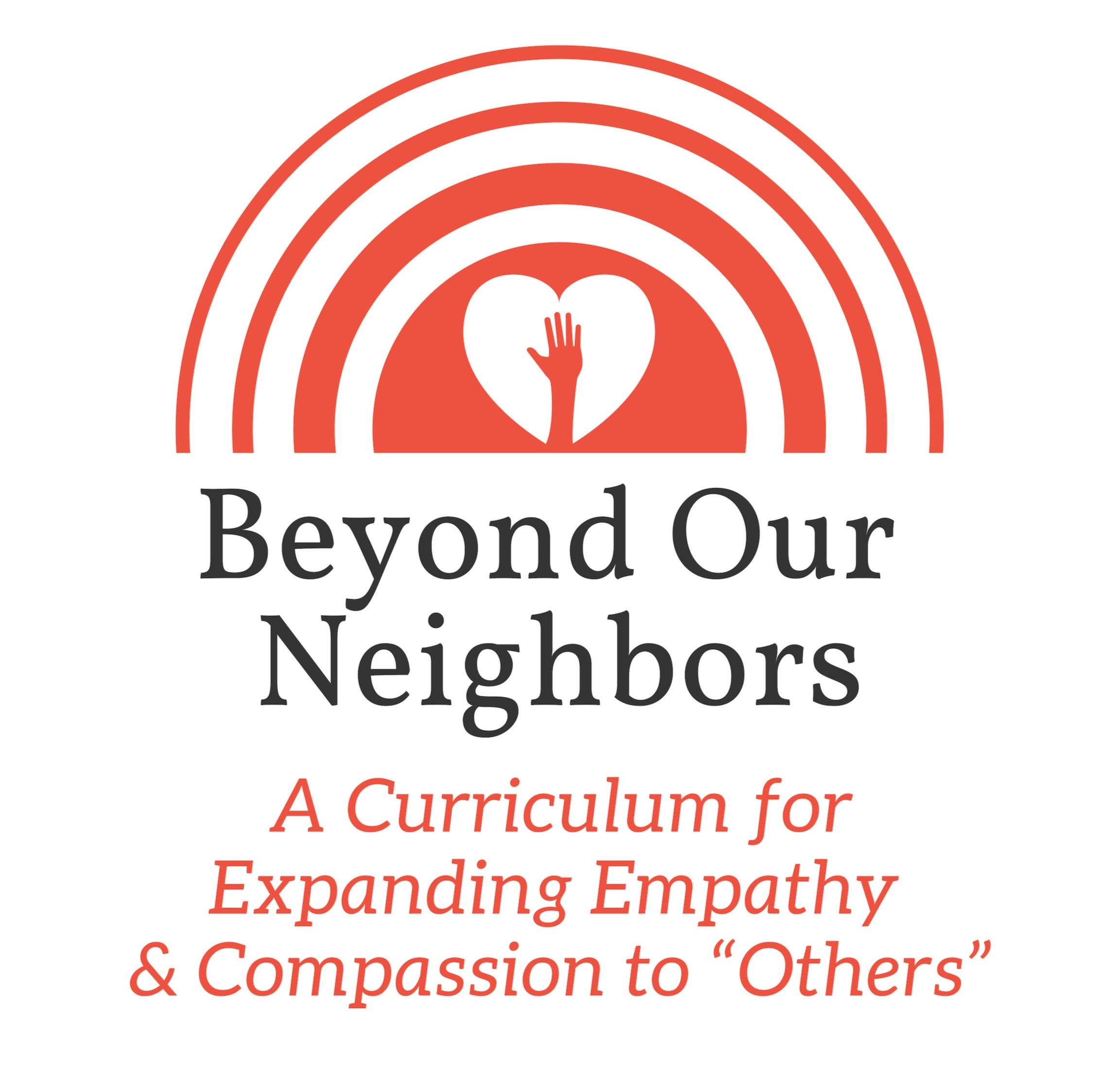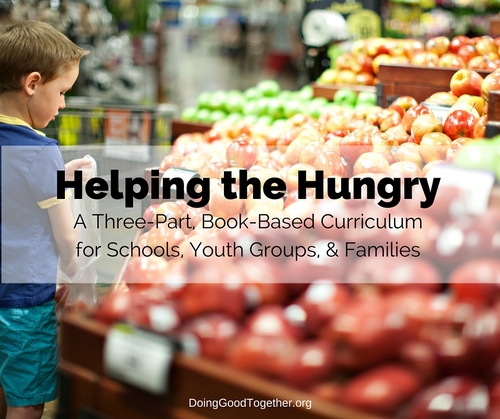Feelings 101
Build emotional awareness.
Research tells us that children who understand emotions are more likely to act kindly toward others. You can encourage this by chatting with your children about how they feel – and how others are feeling. Here are three ways to expand your child’s emotional literacy.
Name your feelings: Let your child hear you express and name your own feelings. (“I feel so frustrated when no one comes to the dinner table when I call.”)
Name their feelings: Even when they are little, help your kids find words to name the feelings they are experiencing. (“I can tell that you were disappointed when Sam didn’t invite you over to play.”) Show empathy when your child is feeling angry, frustrated or sad.
Redirect powerful emotions: Teach children positive, constructive ways to communicate anger, fear, delight and other powerful emotions. Emphasize that strong feelings, although understandable, are never an excuse for unkind behavior. Help your child think up appropriate responses. (“I know you’re angry with Alisha for not sharing, but that doesn’t mean you can call her names. What else can you do to let Alisha know you’re angry?”)
“I’ve learned that people will forget what you said, people will forget what you did, but people will never forget how you made them feel.”






















